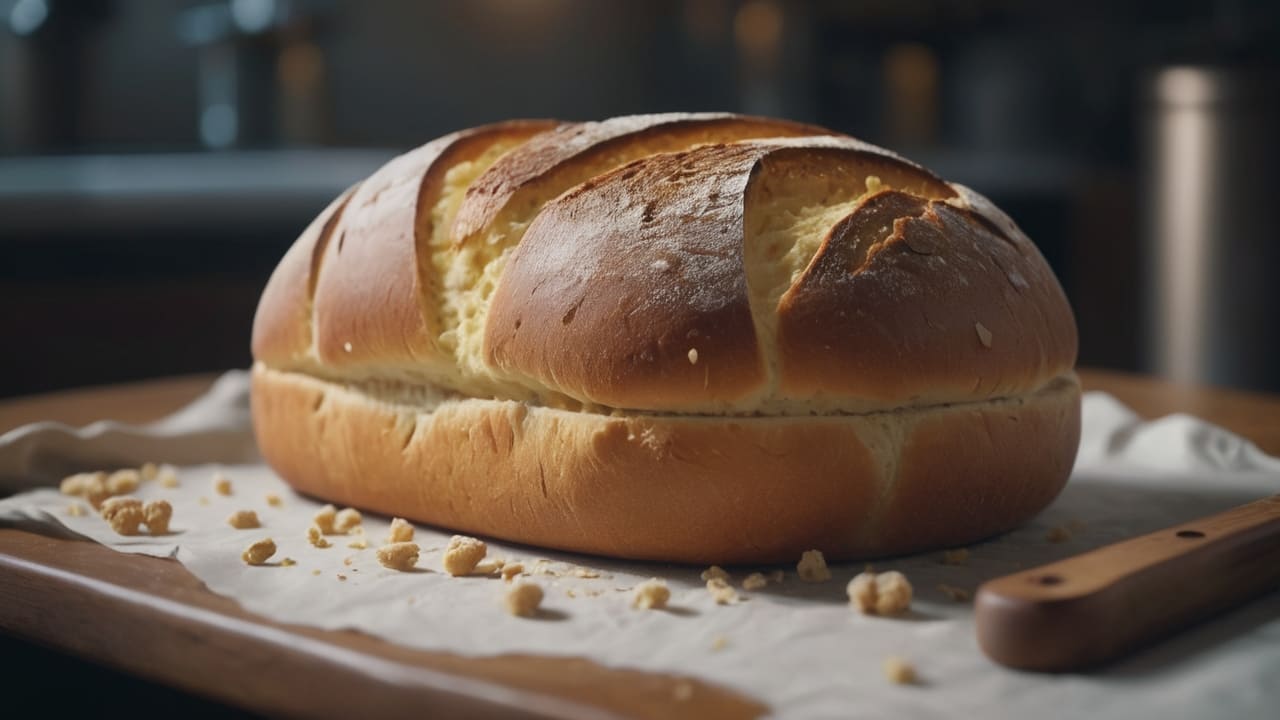

Bread makers are wonderful appliances, simplifying the bread-making process and filling homes with the delightful aroma of freshly baked bread. However, one common issue many people encounter is bread that turns out heavy or dense. Understanding why this happens and how to fix it can significantly improve your baking experience.
To tackle the issue of heavy bread, it's essential to understand the basic bread-making process. Bread making involves mixing, kneading, rising, and baking. Each step is crucial to ensure the dough develops the right texture and structure.
Mixing and kneading are the initial steps where flour, water, yeast, and other ingredients combine to form a dough. Kneading develops gluten, which gives the bread its structure.
During the rising phase, the yeast ferments the sugars in the flour, producing carbon dioxide gas that makes the dough expand.
Finally, baking solidifies the structure, creating the bread's final texture.

Several factors can contribute to bread being heavy. Here are some of the most common causes:
Using incorrect ratios of ingredients, particularly flour and water, can lead to heavy bread. Too much flour or too little water can result in a dense loaf.
Yeast is a critical ingredient in bread making. If the yeast is old or of poor quality, it won't ferment properly, leading to dense bread.
Kneading develops the gluten network essential for a good bread structure. Insufficient kneading can lead to underdeveloped gluten, resulting in heavy bread.
If the dough doesn't rise enough, it won't have the proper structure and airiness, leading to a heavy loaf.
Understanding the causes is the first step; now, let's look at how to solve these issues.
Use precise measurements for your ingredients. A kitchen scale can be very helpful to ensure accuracy, especially with flour and water.
Always use fresh, high-quality yeast. Check the expiration date and store it properly to maintain its effectiveness.
Make sure your bread maker is set to the correct kneading cycle. Some machines have different settings, so choose the one that ensures thorough kneading.
Be patient and allow the dough to rise fully. Check your bread maker's instructions to ensure it's following the correct rising time for your recipe.

Bread flour has a higher protein content than all-purpose flour, which helps develop more gluten and results in a lighter loaf.
If you're using whole grain flours, which can result in denser bread, adding a tablespoon of vital wheat gluten per cup of flour can improve the texture.
The temperature of the water you use can affect yeast activity. Lukewarm water is ideal for activating yeast without killing it.
Sometimes, tweaking your recipe can make a big difference. Don't be afraid to experiment with different ingredient ratios or add enrichments like milk, eggs, or butter for a softer texture.
Once bread is baked, its texture is set. However, you can use heavy bread for other recipes like bread pudding or croutons.
The dough should approximately double in size. You can also perform the poke test: gently press your finger into the dough, and if the indentation remains, it's ready.
Yes, different types of yeast (active dry, instant, and fresh) can affect the rise and texture of your bread. Instant yeast generally provides a quicker and more reliable rise.
Making light and fluffy bread with a bread maker is all about understanding the factors that contribute to the dough's structure and texture. By paying attention to ingredient ratios, yeast quality, kneading, and rising times, you can significantly improve your bread-making results. Remember, practice makes perfect, and with a bit of experimentation, you'll be baking beautiful loaves in no time.
Investing in a good-quality bread maker can make a big difference. Here are some of the best breadmakers that consistently produce great results:
These machines offer various settings and features that can help you achieve the perfect loaf every time. With a reliable bread maker and the tips provided in this article, you're well on your way to enjoying light, fluffy bread at home.
Read More:
https://breaddad.com/why-is-my-bread-machine-bread-so-dense/
By understanding and addressing the common causes of heavy bread, you can ensure your bread maker produces consistently excellent results. Happy baking!